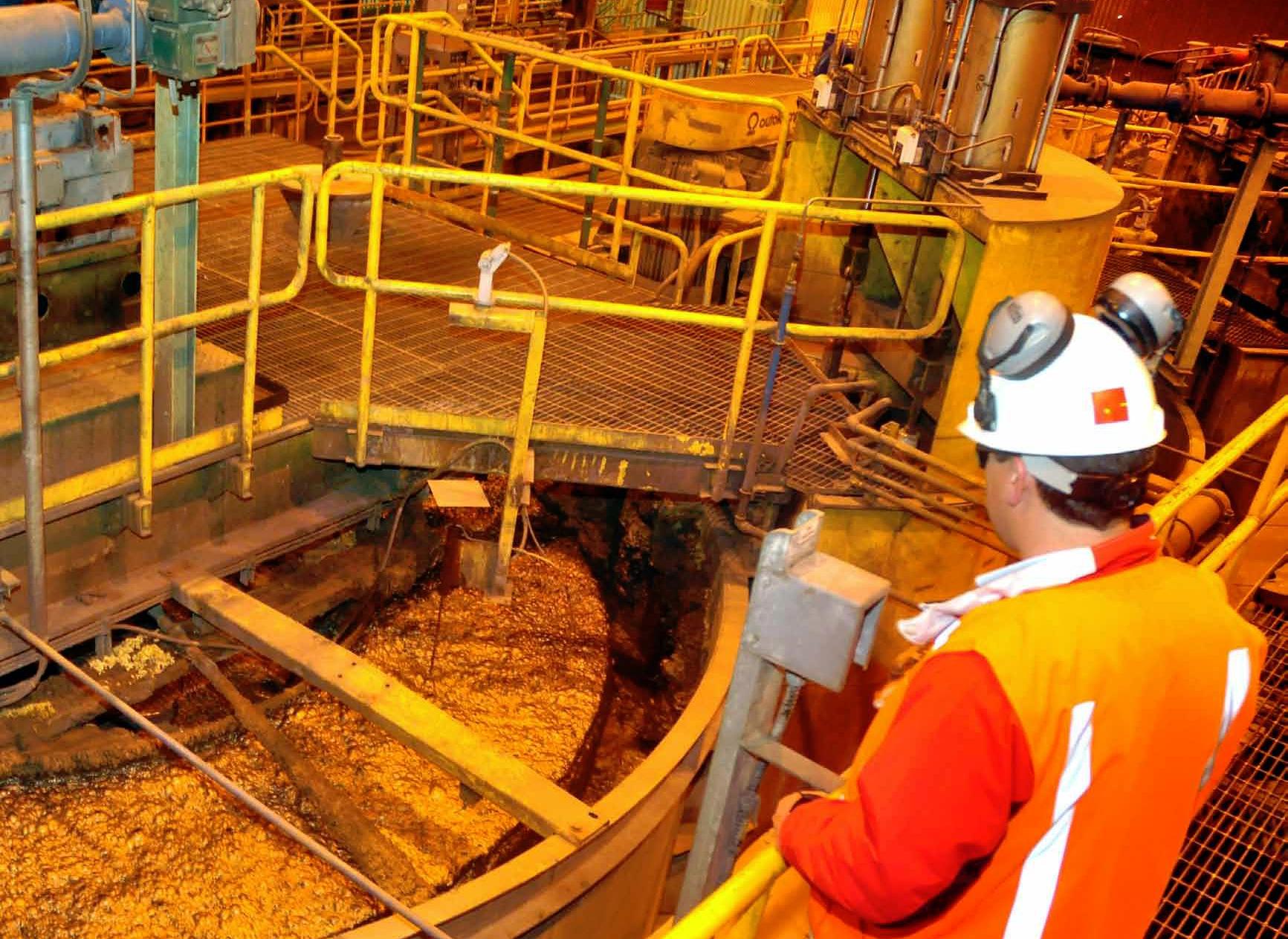
Raúl Jacob, CFO of Peruvian operations and company comptroller, highlights the massive expansion programmes the company is undertaking, both in Peru and in Mexico.
Commercial metal mining has been a business closely associated with Central America dating back to the region’s colonisation by the Spanish. A fixture of the region’s export market throughout the decades since, the industry has experienced various peaks and troughs in recent years. In the face of waning interest in Central American metal ores during the 1980s and 1990s, it was the World Bank and other international financial institutions that encouraged governments to revise their laws to make metal mining more profitable.
This collective approach has created an environment where today a host of metal mining operators are active in countries throughout the region. One such organisation is Southern Copper Corporation (SCC), a world class mining metallurgical company. Incorporated in 1952, the company has the highest reserve base for copper of any other listed company in the world.
“At the current production rate these reserves,” explains Raúl Jacob, CFO of Peruvian operations, “equate to around 100 years of life for the operation and are derived from the company’s operations in Peru and Mexico, where all of its activities are fully integrated.” Copper itself, of which it currently produces 640,000 metric tonnes per year, represents approximately 75 percent of SCC’s total sales. In addition, its mines produce various quantities of molybdenum, zinc and silver.
As one of the lowest cost producers in the world, operating in two very mining friendly countries and boasting excellent reserve rates, SCC finds itself focusing heavily on achieving organic growth. One of the ways it is doing this is through the expanding of its Toquepala mine in southern Peru.
In operation since 1960, the mine operated as initially designed until 2003, when an expansion of its plant increased production by 33 percent. “At present, Toquepala possesses a total copper production capacity of 160,000 tonnes,” Jacob continues, “and the purpose of this brown field expansion project is to increase this substantially. This will be achieved by not only opening up the mine in order to handle greater levels of mineral production, but also by doubling the capacity of the Toquepala plant’s concentrator circuit.”
Working to a planned schedule that would see the project completed by the middle of 2014, SCC’s expansion of Toquepala represents a considerable investment for the company. “Recent figures suggest that the company is spending some $10,000 per tonne of additional installed capacity,” Jacob says. “The end result of this investment will be the Toquepala mine producing an additional 100,000 tonnes of copper, bringing its total annual production capacity to 260,000 tonnes.”
Worldwide, SCC spends close to $30 million on exploration projects each year. The rewards that stem from this approach can be seen not only in Peru, but in Mexico as well. “At the same time as it expands its Toquepala mine,” Jacob states, “it is also increasing the capacity of its Buenavista operation. Currently delivering 180,000 tonnes of copper per year, it is the company’s mission to increase this to more than 480,000 tonnes.”
In order to achieve this not inconsiderable goal, SCC is expanding its two existing SX-EW plants and constructing a third plant at Buenavista that will have a capacity of 120,000 tonnes per year alone and will be operational by the start of 2014. Further to this, the company plans to upgrade its concentrator capabilities by building a new facility that will increase capacity from 125,000 tonnes to 313,000 tonnes of copper per year. This second project is expected to be completed by the middle of 2015, thus bringing Buenavista to a point where it can reach its full potential.
The integrated nature of its operations is not the only thing that links SCC’s operations in Peru and Mexico. One of the most important values held throughout the organisation is its commitment to sustainable development. “In everything it does,” Jacob enthuses, “SCC’s activities are carried out with the aim of having the least possible effect on the environment. With the Toquepala project, for example, the company is increasing copper production by 100,000 tonnes, yet it is not using any additional water supplies to do so. Rather it is increasing the amount of recycled water it uses for that purpose.”
Across all of its locations the company has been actively replacing its raised haulage activities with conveyor belt transportation systems, while its SX-EW plants operate without emissions. In 2007, SCC undertook a comprehensive programme to modernise its smelting operations in Peru. This came in the wake of the country’s government introducing new environmental guidelines. As a result of its actions, the company is now able to capture over 95 percent of the gases emitted during the smelting process.
Another recent environmental milestone has been the introduction of a pipeline system used to transfer sulphuric acid produced by the company’s plants directly to cargo ships that then export this product. “Previously, railroad haulage was used to transport the acid, almost one million tonnes of it per year, through a nearby residential area,” Jacob says. “While the process itself was safe, the company deemed it a better idea to have a pipe network that would run from its smelters to the cargo ships. This methodology has not only proven more cost effective and less time consuming in the long run, it also eliminates all of the associated environmental risks.”
Under its current production plans, SCC’s focus is to increase its copper output from an estimated level of 640,000 tonnes to over 1.1 million tonnes over the course of the next six years. “To do this,” Jacob concludes, “SCC is spending in excess of $6 billion. In the meantime, it will endeavour to maintain the characteristics and qualities that have brought it to where it is today. This will allow it to expand its operations, retain its strong operating costs and ensure safer environmental results.”
Written by Will Daynes, research by Abi Abagun



 SouthernCopper-Americas.Mining-Jan13-Bro-s.pdf
SouthernCopper-Americas.Mining-Jan13-Bro-s.pdf









